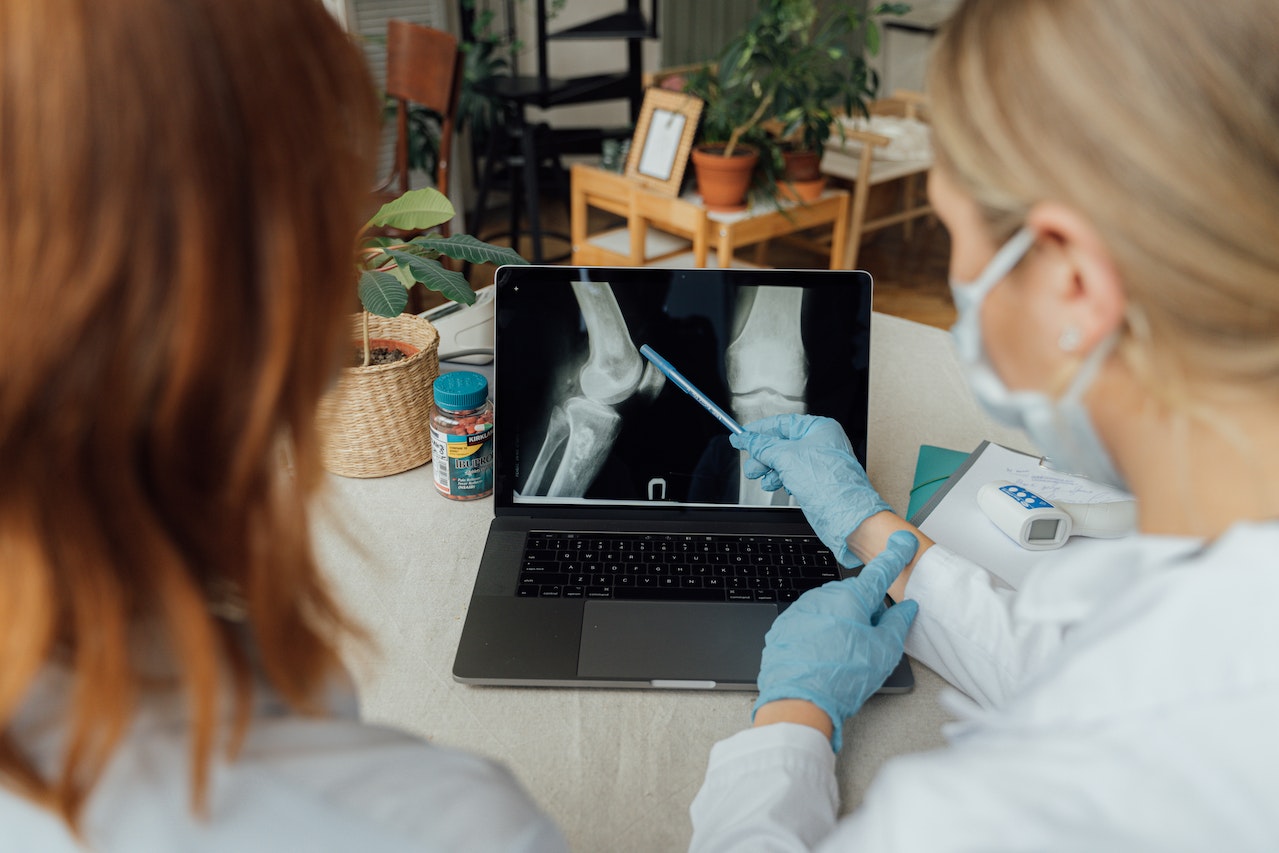Modern healthcare relies heavily on cutting-edge technology and diagnostic tools to provide the best possible patient care. Radiology, a crucial branch of medical imaging, plays an indispensable role in this ecosystem. In this blog post, we will explore the significance of radiology in modern healthcare and how it has revolutionized medical diagnosis and treatment.
Section 1: What is Radiology?
Radiology is a branch of medical science that involves the use of various imaging techniques to visualize the internal structures of the body. These techniques include X-rays, computed tomography (CT), magnetic resonance imaging (MRI), ultrasound, and nuclear medicine scans.
Section 2: Diagnosing Medical Conditions
Radiology is instrumental in diagnosing a wide range of medical conditions. Here are some key points:
- Early Detection: Radiological exams often detect medical issues at their earliest, most treatable stages. For example, mammograms can identify breast cancer in its early, more curable phases.
- Precision: Radiological images provide precise and detailed information about anatomical structures, allowing doctors to pinpoint the exact location and extent of abnormalities.
- Minimally Invasive: Many radiological procedures are minimally invasive, reducing the need for exploratory surgeries and minimizing patient discomfort.
Section 3: Guiding Treatment and Interventions
Radiology is not only about diagnosis; it also plays a crucial role in guiding treatments and interventions:
- Surgical Planning: Surgeons use radiological images to plan and execute intricate procedures, ensuring greater precision and reduced risks.
- Monitoring Progress: Radiological follow-up exams help physicians monitor the progress of treatments, making adjustments as necessary.
- Image-Guided Interventions: Techniques like fluoroscopy and interventional radiology allow for real-time imaging during procedures, aiding in precise placement of catheters, stents, and more.
Section 4: Monitoring Chronic Conditions
For patients with chronic conditions, radiology is a lifeline:
- Cancer Management: Radiological scans are used to monitor tumor size and response to cancer treatments, ensuring timely adjustments to therapy.
- Arthritis and Joint Diseases: Imaging techniques like MRI help assess joint damage in conditions like rheumatoid arthritis.
Section 5: Research and Development
Radiology is at the forefront of medical research and innovation:
- Advancements in Technology: Continuous developments in radiological technology, such as 3D imaging and artificial intelligence, are enhancing diagnostic accuracy and speed.
- Clinical Trials: Radiology plays a pivotal role in clinical trials by providing objective measures of treatment efficacy.
Conclusion:
In modern healthcare, radiology is an indispensable tool that enhances diagnostic accuracy, guides treatment, and contributes to ongoing medical research. As technology continues to evolve, the role of radiology in improving patient care will only become more critical. At [Your Radiology Service], we are dedicated to providing state-of-the-art radiological services to support healthcare professionals in their mission to deliver the best possible care to patients.
Call to Action:
If you or a loved one require radiological services, contact us today to schedule an appointment or learn more about how our advanced imaging techniques can benefit your healthcare journey.
This blog post provides an overview of the importance of radiology in modern healthcare, highlighting its role in diagnosis, treatment, and research. It emphasizes the vital contribution of radio-logical services to patient care and encourages readers to consider your radiology service for their imaging needs.


